When you’re planting a garden, it’s important to use the right type of soil. There are two types of soil that you need to be aware of: topsoil and garden soil. Topsoil is the layer of earth that sits on top of the mineral soil. Garden soil is a mixture of topsoil and organic matter. This blog post will discuss the differences between these two types of soil and help you decide which one is best for your garden!
What is Topsoil?
Topsoil is the top layer of soil, typically between two and eight inches deep. It is composed of organic matter, minerals, microorganisms, and a mix of other elements that are essential for plant growth. Topsoil provides an ideal environment for roots to take hold and supports the microbial life that helps plants absorb nutrients from the soil. Topsoil can also help protect plants from harsh weather conditions or pests. Properly maintained topsoil is key to having healthy plants and gardens.
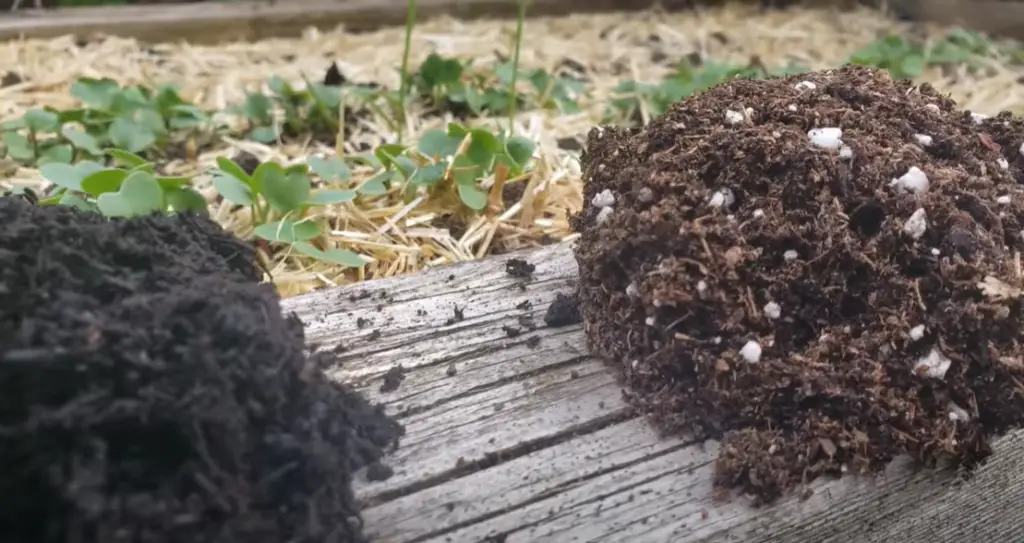
What Are The Benefits Of Using Topsoil?
The use of topsoil in gardening or landscaping offers several benefits including:
Improved nutrient absorption – By providing a nutrient-rich medium for plant roots to access, topsoil helps a plant absorb the nutrients it needs to grow and stay healthy.
Better water retention – Topsoil holds water better than subsoil, meaning plants can stay hydrated even during periods of drought. This also prevents runoff or erosion.
Greater soil aeration – Oxygen is essential for root growth, and topsoil’s loose structure helps to keep air pockets that allow oxygen to reach the roots.
Pest resistance – Topsoil provides an environment where natural predators like birds, beetles, and other beneficial insects can thrive, helping to reduce pest infestations in your garden.
Stronger root development – Good topsoil gives roots more stability, helping them to grow deeper and stronger.
Enhanced soil fertility – Topsoil adds organic matter that helps to maintain soil pH, retain water and nutrients, promote microbial biodiversity, and increase the overall productivity of soils.
How Can You Improve Your Topsoil?
There are several ways you can improve your topsoil:
- Add organic matter – Adding organic matter like compost or manure can help to add valuable nutrients back into your topsoil. It also helps to aerate the soil and give it structure.
- Test for pH balance – The optimal pH level for most plants is between 6.0 and 7.2. Test your soil with a simple pH kit or send a sample to a lab for testing.
- Till and loosen soil – Regularly tilling or aerating your topsoil can help keep it loose and well-drained, giving plants more access to oxygen and nutrients.
- Mulch the surface – Adding a layer of organic mulch helps to retain moisture, reduce weeds, and add valuable organic matter to the soil over time.
- Plant cover crops – Planting cover crops like clover or rye grasses can help to add valuable nitrogen back into the soil while also reducing weed growth.
By following these steps, you can keep your topsoil healthy and productive for years to come [1]!
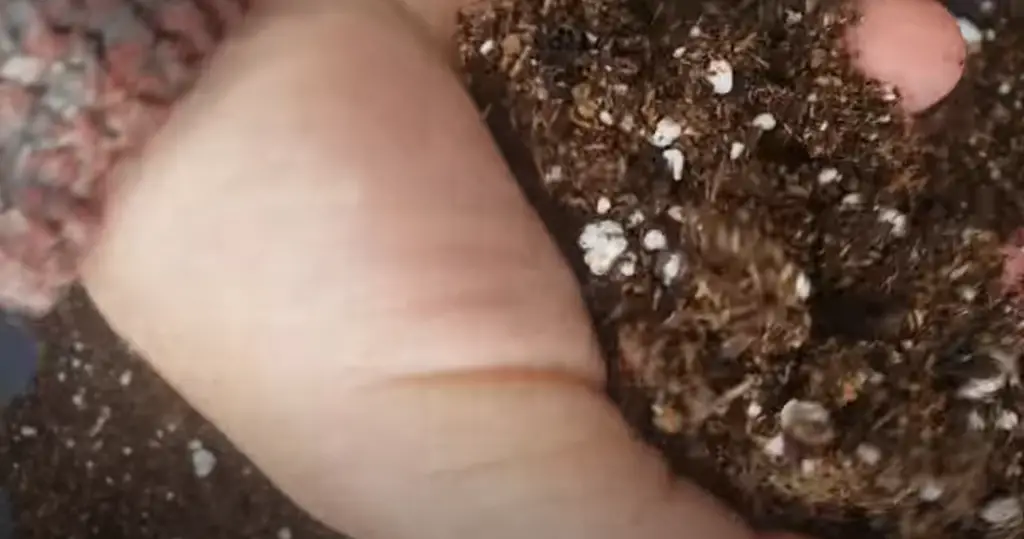
What is Garden Soil?
Garden soil is soil specifically used for gardening and landscaping purposes. It is typically composed of a mixture of organic matter such as compost, peat moss, topsoil, manure, and other organic materials. Garden soil also often contains inorganic components such as perlite or vermiculite to improve drainage and aeration. The goal of garden soil is to create an ideal environment for plants to flourish by providing the necessary nutrients while retaining enough water and promoting good drainage.
Garden soils are typically tested before use to determine their nutrient composition and adjust them accordingly if needed. When selecting garden soil, it’s important to consider the type of plants that will be grown in the area. Different types of plants require different types of soil, so it’s important to choose the right type for optimal growth. Garden soil can be bought in bags or bulk and is available in a variety of textures, ranging from sandy loam to clay-based soils. Regardless of the type chosen, garden soil should be tested regularly and amended with nutrients as needed to ensure successful growth [2].
How to Use Garden Soil?
Garden soil can be used in a variety of ways depending on the needs of your garden. It is ideal for filling planting beds and container gardens, as well as amending existing soil in the garden. Additionally, it makes an excellent top dressing when spread over existing lawns or flower beds.
When using garden soil, it is important to remember that the soil must be mixed with other materials before use. This helps promote better drainage and aeration, as well as providing additional nutrients for plants. Common additives include compost, peat moss, manure, and sand. It’s also important to consider which type of garden soil is best suited for the particular plants in your garden — sandy loam is generally recommended for most gardens while clay-based soils may be more suitable for certain types of plants such as succulents or cacti.
Finally, when adding garden soil to an existing lawn or flower bed, it should be worked into the top several inches of existing soil before planting. This will help ensure successful growth by evenly distributing nutrients and promoting better drainage. After planting, the garden soil should be watered well to help settle it into place and provide additional nutrients for plants.
Garden soil is an essential component of any successful garden or landscaping project, regardless of size or scope. By understanding how to select, use, and amend garden soil, you can ensure your plants get the best possible growing environment for optimal growth and success.

How to Amend Garden Soil?
Amending garden soil is necessary if you want to ensure your plants have access to all the necessary nutrients they need for successful growth. To amend garden soil, the first step is to determine what type of amendment is needed based on the type of plants in your garden as well as the existing soil conditions. Common amendments include compost, peat moss, manure, lime, gypsum, and sand.
When amending garden soil, it is also important to mix it thoroughly with a shovel or other tool before adding new plants or seeds. This helps ensure the even distribution of nutrients and helps promote better drainage and aeration. Finally, keep in mind that it may take several applications of amendments over time to reach the desired nutrient levels — be sure to test your soil regularly to ensure it is achieving optimal results.
What’s the Difference Between Topsoil And Garden Soil?
Composition
Topsoil is the uppermost layer of soil and typically consists of a mix of organic matter, clay, sand, and silt. It is typically made up of 40% mineral particles such as gravel, silt, and clay; 30% organic material such as twigs, dead leaves, and roots; 20% water; and 10% air. Garden soil is usually composed of a combination of topsoil, peat moss or composted organic matter, manure, or fertilizer. The composition varies depending on the type of garden (vegetable garden, flower bed, etc.) but generally contains more nutrients than regular topsoil. Garden soil also has a higher level of aeration due to the added organic matter which helps to promote healthy plant growth.
Usage
Topsoil is usually used for filling in low spots, building up soil levels in yards or gardens, and landscaping projects such as raised beds or terracing. Garden soil on the other hand is best suited for planting flowers, vegetables, and other plants that need more nutrients than topsoil can provide. It’s also a good option for gardening indoors since it retains moisture better than regular topsoil. Topsoil should not be used with potted plants because its composition doesn’t allow it to maintain proper drainage and aeration.
Availability
Topsoil is widely available at nurseries, garden centers, and home improvement stores. Garden soil is best purchased from nurseries or online as it’s not typically sold in traditional home improvement stores [3].
Cost
Topsoil is usually the more affordable option compared to garden soil since it doesn’t contain added nutrients or organic matter. Garden soil tends to be more expensive due to its higher nutrient content but can be well worth the investment for serious gardeners looking for better results. On average, garden soil can cost for example USD 10-25 per 40 lbs. bag versus USD 5-10 for the same size bag of topsoil.
Useful Tips for Planting in Topsoil or Garden Soil
- Prepare the soil: Test your soil to determine the acidity and nutrient levels, then amend it with compost or other material as needed. Till the soil deeply to loosen it and make it easier for roots to establish themselves.
- Choose a spot that gets plenty of sunlight: Most vegetables and flowers need 6-10 hours of direct sunlight each day to thrive, so make sure you pick an area that receives lots of sun throughout the day.
- Plant at the right time: Check with your local extension office for advice on when it is best to plant various crops in your region and climate zone.
- Water regularly: Establish a regular watering schedule once plants are established, and try to water deeply rather than frequently. If you are using a drip irrigation system, install it before planting so that it is ready when your plants need it.
- Mulch: Mulching can help conserve moisture in the soil, suppress weeds, and protect against extreme temperatures. Make sure to use organic mulches like bark or wood chips for the best results.
- Fertilize: To ensure optimal growth, fertilizing may be necessary depending on the type of crop you are growing and the soil’s nutrient levels. Follow package instructions carefully and make sure not to over-fertilize as this can damage plants.
- Monitor for pests and diseases: Keep an eye out for signs of common pests or diseases such as fungus, aphids, slugs, and mildew. If you do spot any of these issues, take immediate action to address them.
- Harvest regularly: Regular harvesting will help ensure your plants keep producing fruit or vegetables. Make sure to pull produce when it’s ripe so that new fruits and vegetables have room to grow.
- Rotate crops: Planting different types of vegetables in the same area year after year can deplete the soil of essential nutrients—so make sure to practice crop rotation for best results!
- Enjoy the harvest: Finally—sit back and enjoy your bounty! Don’t forget to share some with family and friends too! With these tips in mind, you’ll be well on your way to a successful garden [4].
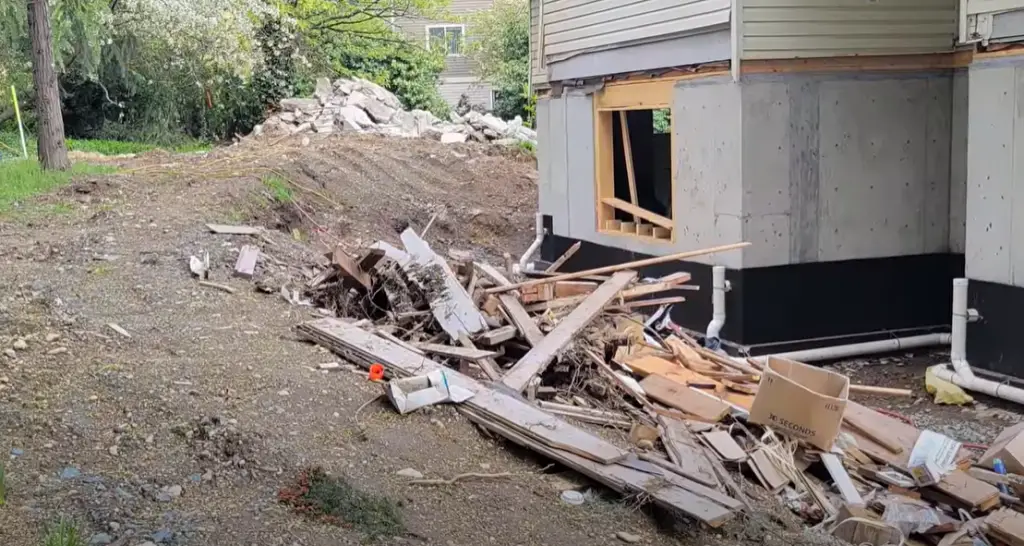
FAQ
Can I use topsoil for planting?
Yes, you can use topsoil for planting. Topsoil is a good choice for many gardening and landscaping projects because it often contains nutrients and organic matter that plants need to grow. However, it’s important to remember that not all topsoil is created equal – some may contain contaminants like lead or other heavy metals, so it’s always best to check with your local nursery or garden center first. Additionally, if you’re using topsoil in an area where there are children or pets present, make sure the soil is free of any potential hazards before introducing them into the environment.
Do I need to add fertilizer when planting with topsoil?
It depends on what type of plants you are growing and the quality of the soil. Generally speaking, if you are using topsoil that has not been amended, then it is likely deficient in certain nutrients, and adding fertilizer can help to replenish those missing elements. However, it’s important to consult with a local nursery or garden center before adding any type of fertilizer as excessive amounts can lead to nutrient imbalances and other problems. Additionally, some types of plants may require specific fertilizers for optimal growth and health.
Useful Video: Topsoil vs Garden Soil vs Potting Soil
Conclusion
Topsoil and garden soil can both be used for planting. However, it is important to evaluate the quality of the soil before using it and, if necessary, add fertilizer or other amendments to ensure your plants have the nutrients they need to thrive. Additionally, always take precautions when working with topsoil in areas where children or pets may be present to avoid any potential hazards. With a bit of research and careful consideration, you can choose the best soil for your project and create a healthy environment for your plants to grow.
References:
- https://www.thespruce.com/what-is-topsoil-5121325
- https://platthillnursery.com/the-best-uses-for-topsoil-and-garden-soil/
- https://www.thedirtbag.com/topsoil-vs-garden-soil-whats-the-difference/
- https://www.evergreenseeds.com/top-soil-vs-garden-soil/





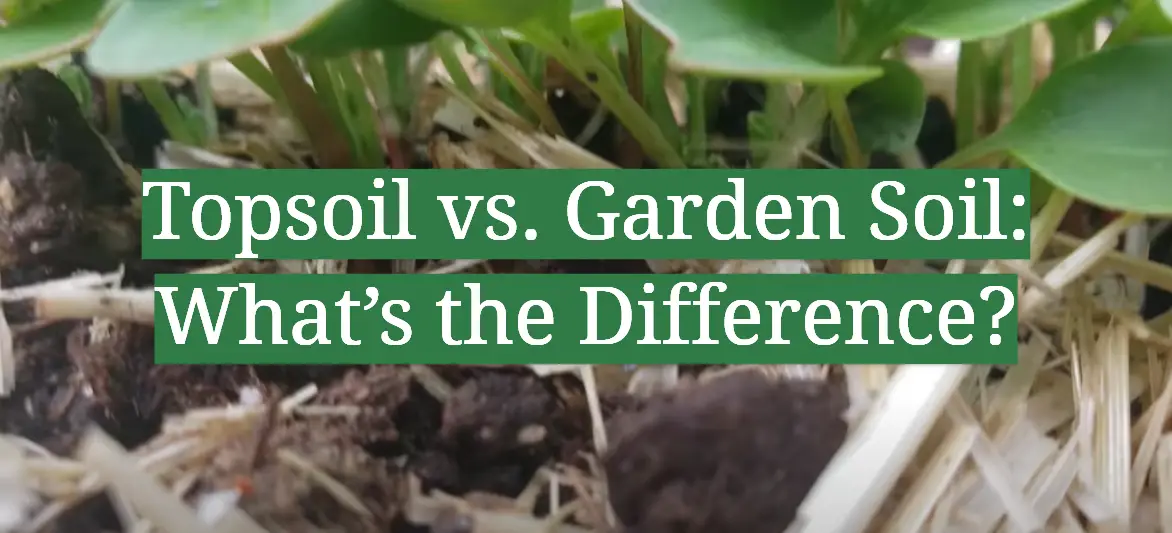

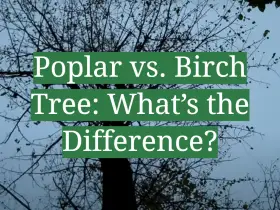

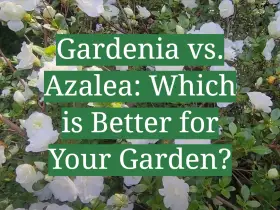
Leave a Reply
View Comments